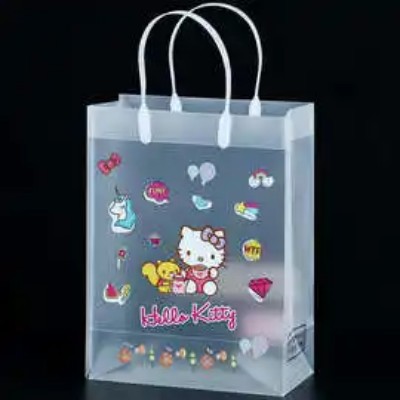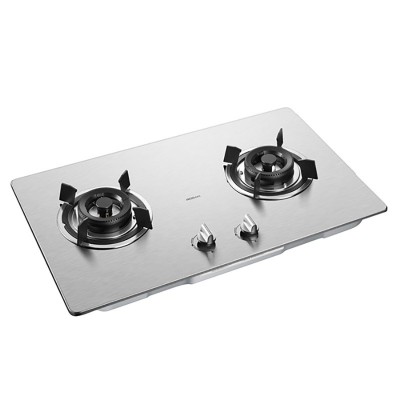Thermal transfer printing is to use special transfer printing paper or transfer printing film to print the pattern first, and then transfer and print it on the substrate, which is mostly used for ceramic decal printing, textile printing, commodity label printing, etc. Thermal transfer printing mainly includes thermal transfer printing, sublimation thermal transfer printing, deinking thermal transfer printing, flocking thermal transfer printing, thermal transfer printing, etc.
Classification:
Hot-press transfer printing: The hot-press transfer printing technology firstly uses screen printing, gravure printing and other printing methods to print graphics and text on thermal transfer printing paper or plastic film, and then transfer the graphics and text to fabric, on leather, etc.
Sublimation thermal transfer printing: The traditional sublimation thermal transfer printing refers to printing the sublimation transfer ink on paper (or plastic film) by screen printing, and heating the printed paper (or film) and the fabric together. , pressurized or decompressed, the dye on the paper (or film) is sublimated and transferred to the fabric in the gas phase state. In addition to fabrics, it can also be transferred to ceramics, metals and other products. The main feature of the sublimation transfer technology is that the transferred image has bright colors and rich layers, and the effect is comparable to that of printing. The difference from traditional printing is that the dye in the transfer ink is sublimated by heat, penetrates into the surface of the object, and forms a beautiful image after sublimation. So thermal transfer printing products are durable and the image will not peel, crack and fade.
Deinking thermal transfer printing: use paper or film as a carrier, and use plastic ink to print, because there is a hot-melt binder in the ink, generally no back glue is printed. Heat and pressure are applied during transfer printing, and after the ink layer is heated, the bonding material is melted and bonded to the substrate. When the carrier is removed, the graphic ink layer can be separated from the carrier and transferred to the substrate.
Flocking thermal transfer printing: use paper as a carrier, first pre-coat a layer of hot melt adhesive on the paper, then flock the adhesive surface, and then use hot melt ink (actually a hot melt adhesive formulated into a solution) on the suede surface ) printed graphics.
Thermal transfer printing: Simply put, it is the process of using heat and pressure to transfer ink from carbon ribbon media to paper or film, mainly for label printing. That is, the ink is transferred to the label by heat and pressure as the label passes through the printer’s printhead and press.

Process characteristicsProcess characteristics:
The thermal transfer printing process is divided into two parts: transfer film printing and transfer processing. The transfer film printing adopts dot printing (resolution up to 300dpi), and the pattern is pre-printed on the surface of the film. The printed pattern is rich in layers and bright in color. The ever-changing, small chromatic aberration, good reproducibility, can meet the requirements of pattern designers, and is suitable for mass production; transfer processing through the thermal transfer machine one-time processing (heating and pressurization) to transfer the exquisite patterns on the transfer film on the transfer film. The surface of the product, after molding, the ink layer and the surface of the product are melted together, which is realistic and beautiful, which greatly improves the grade of the product.
The principle of thermal transfer printing is to pre-print the color pattern on the heat-resistant substrate film (by release treatment), and then cooperate with special transfer equipment to transfer it to the surface of the product by hot stamping. Reliable technology is stable, good material formula and close coordination of equipment. The characteristics of the thermal transfer printing process: simple operation, few production processes, high efficiency, no pollution, small footprint, and low investment. After printing, it has good adhesion, high gloss, clear pictures and texts, accurate color registration, bright colors, safe and non-toxic, and after hot stamping, it can be processed by oil spray sandblasting, secondary injection molding, bending, punching and shearing.
The color image formed after thermal transfer has the characteristics of bright color, clear pattern, soft hand feeling, no fading, strong firmness, and washing resistance. Due to the fact that thermal transfer technology can make the idea of printing personalized photos or logos on some daily necessities a reality at will, thermal transfer can be applied to various clothing products, such as applied to T Shirts, jeans, casual wear, sportswear, etc. In school celebrations, club gatherings, promotions, image building and other forms of activities, thermal transfer clothing is often given priority to use. Through the production, embellishment, beautification, etc. of thermal transfer, the value-added of the product is formed.



